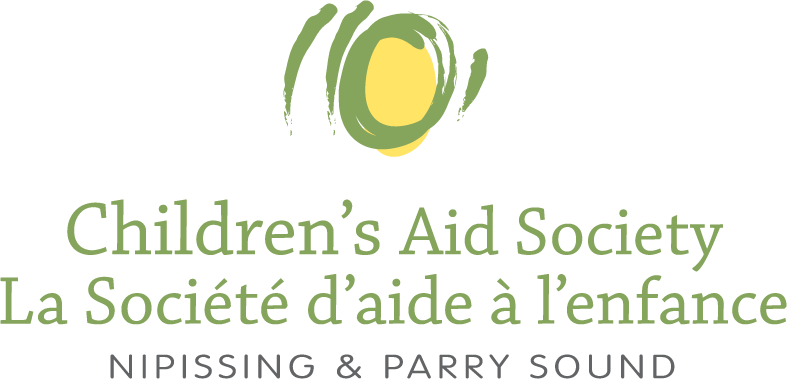Care Arrangements
Care Arranagements
Types of Care Arrangements
We make every effort to keep children in their own homes, with their own families whenever possible. Sadly, even after receiving guidance and support, some parents are still unable to provide their children with sufficient care.
In cases like this, children may be brought into the care of the Society. For children found in need of protection there are several options for alternate care. The Society’s goal is to have children placed with kin as a first resort. Placements outside of Kin are considered should no kin be available and/or suitable to provide care.
Kinship Care:
Kinship care is a home provided by a family who is known to a child such as a relative or a family friend. The care provided is like regular alternative care, the difference being that the home is opened as an alternative care home to meet the needs of a specific child or children.
Regular Care:
This is the most common arrangement where care families provide for the day-to-day care of a child in a family setting. This placement may last a matter of days, weeks or at times often months.
Relief Care:
Relief care homes provide temporary care as a break to regular full-time foster families. These placements are usually for a matter of days, and may appeal to those families wishing to consider providing care part-time.
Customary Care:
Customary care is alternate care provided to aboriginal children by the aboriginal community. Customary care arrangements allow children and youth to keep important cultural and family ties.
Therapeutic Care:
These care providers will receive an additional living allowance that will allow them to work from home very closely with a dynamic therapeutic team to meet the complex needs of a child or children.

